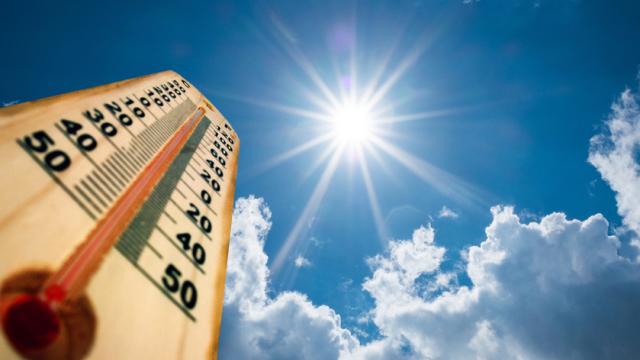In summer, energy costs for cooling often rise along with the thermometer. Peak demand charges also become a significant issue in many facilities. The following energy-saving guidelines will help keep your energy budget from slipping into the red as summer heats up.
Cooling Systems
Although it's essential for comfort, air conditioning is a substantial summertime operating cost for most facilities. Use these cost-saving tips to help cool off your energy bills:
- Verify all maintenance has been performed on your air conditioning equipment and change filters regularly according to manufacturer's guidelines.
- Raise thermostat settings by a few degrees during working hours, and allow employees to wear suitable clothing for higher building temperatures.
- Check and update HVAC control settings on your building automation system to account for the changing season and your operating schedule.
- Install air conditioning economizers to bring in cool outside air.
- Use window treatments to prevent unwanted solar heat gain from entering your building.
- Install window film, solar screens or awnings on south- and west-facing windows to provide cooling shade on hot summer afternoons.
If your air conditioning system is 10 years old or older, or in regular need of repair, consider installing a new, energy-efficient system. Work with a qualified HVAC professional to properly size the system for your needs.
Reducing Demand
Demand charges can make up a significant portion of your energy bills during the hot summer months, when cooling loads increase. The following strategies will help you level off your peak demand:
- Perform flexible, non-essential operations during off-peak hours in the evening or early morning.
- Use building automation system controls to schedule system and equipment operations around peak hours.
- Remind staff to turn off nonessential computers, coffee makers and other extraneous equipment.
- When practical, offer flexible work hours in the summer, allowing employees to come to work early and leave early.
- Move operations or production schedules away from peak demand periods.
- Turn off machinery when not in use and take advantage of power management options with office equipment.
- Implement power management settings on all computers and office equipment.
- Install occupancy sensors and dimmers to control lights and reduce lighting energy use during daytime peak hours.
- Use non-emergency generators to operate essential equipment during peak hours.
- Charge battery-powered equipment, such as electric lift trucks, at night when demand is lower.
- Consider installing a thermal energy storage system, which uses water cooled at night to provide air conditioning during the day.
For more ideas on how you can save energy and reduce your operating costs during the summer and all year long, see Low-Cost and No-Cost Energy Efficiency Measures from ENERGY STAR®.
May 2023 Connections Newsletter
From industry trends and best practices to sustainability initiatives, our monthly Connections Newsletter provides valuable insights, updates, and resources to support our large business customers.
Full Newsletter